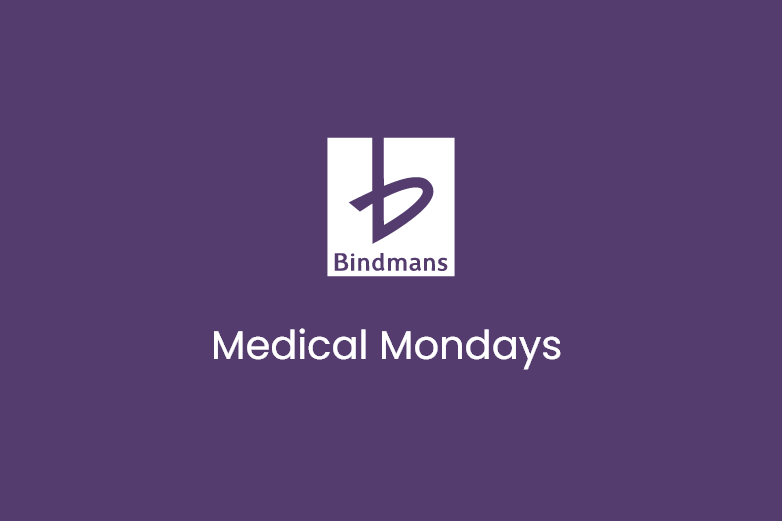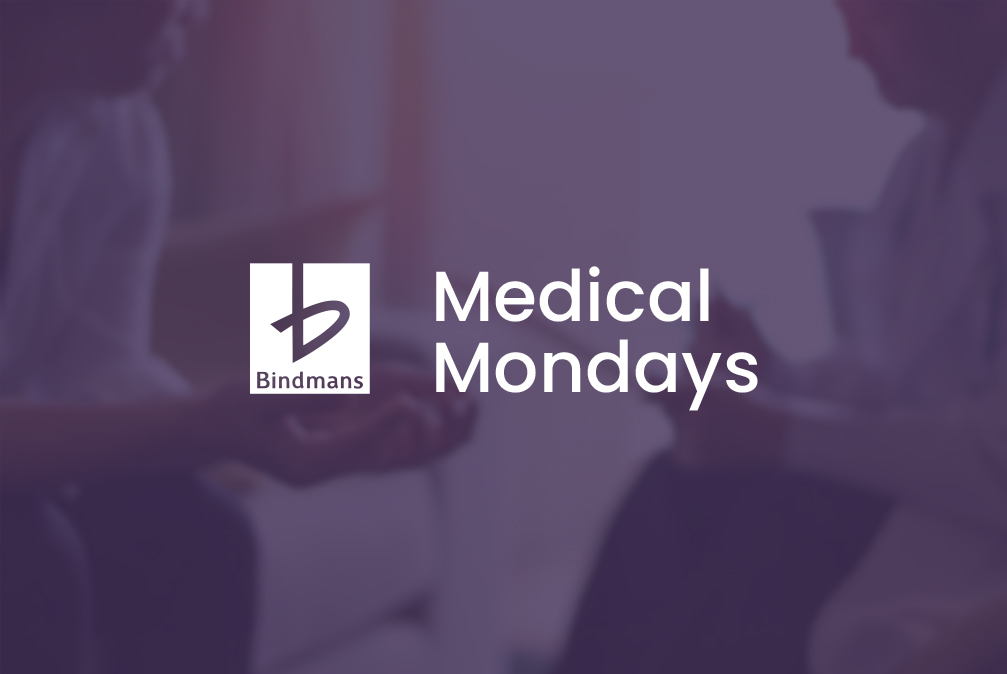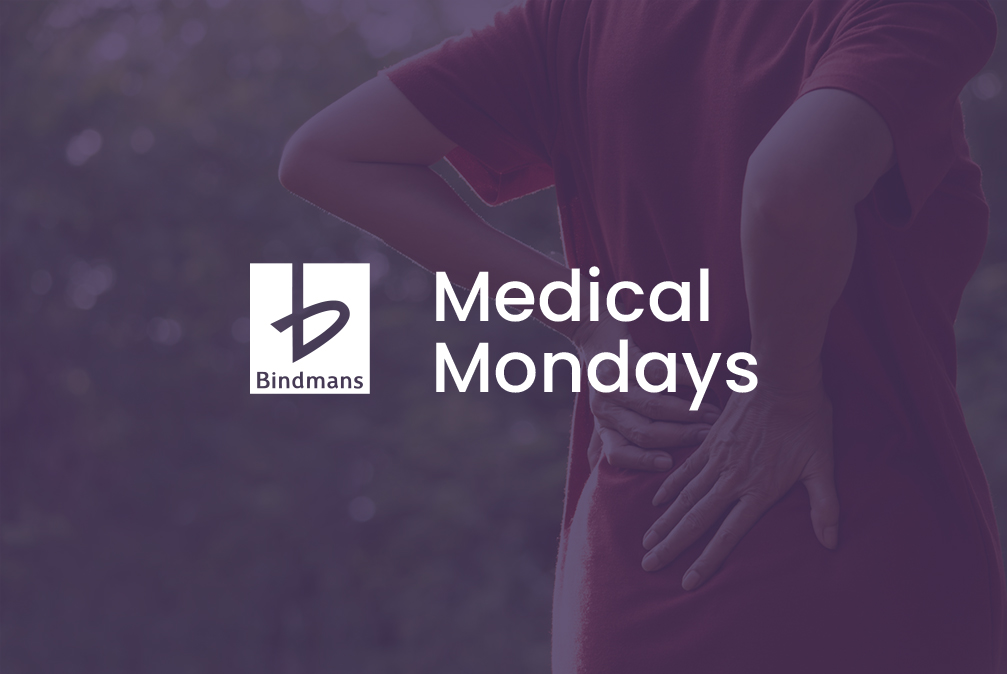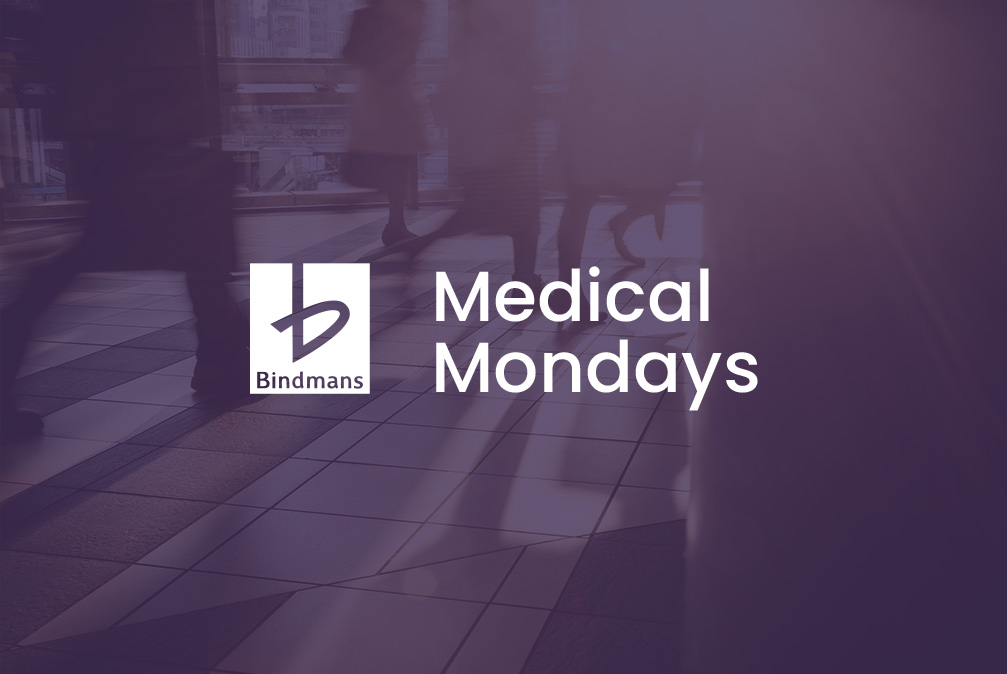There is a variety of aids and equipment that can help make the lives of people who have suffered catastrophic and serious injuries a little easier, whilst encouraging and enabling independence.
Week one: introduction
Sustaining a serious or catastrophic injury can be life-changing, with even the simplest of tasks becoming incredibly difficult. This month we are exploring the assistance and equipment that can help make the lives of people who have suffered catastrophic and serious injuries a little easier, whilst encouraging and enabling independence.
Depending on the injury, there are various aids and equipment that can help. These can include things such as:
- Specialist wheelchairs
- Adapted cars
- Hoists and slings to help with transfers
- Communication aids
- Assistive technology and IT aids
Of course, compensation will never make up for what has happened, but having a sum of money dedicated to recovery and rehabilitation can give people access to the resources they need to adjust and have the best possible quality of life.
Week two: experts
The aids and equipment required will be specific and personal to each individual depending on their disabilities. We instruct experts from a range of different fields to prepare reports setting out their opinion on condition and prognosis, and any recommendations they have. Usually, the Occupational Therapy, Speech and Language, Physiotherapy, Accommodation and Assistive Technology experts will recommend the aids and equipment they think will assist.
Week three: type of aids and equipment
Aids or equipment can be instrumental in helping someone who has suffered a serious or catastrophic injury return to their day to day life.
A compensation claim can fund the costs of the items that may be needed following a serious injury, such as:
- Specialist wheelchairs that can be adapted to suit an individual’s specific needs
- Ramps, walking sticks, walking frames and hoists to enable mobility around the home
- Monitoring systems to enable people who have suffered serious brain injuries to live as independently as possible
- Specialist seating and standing equipment
- Pendant alarms so that individuals can call for support from staff at any time for an emergency
- Specialist mattresses, cushions and headrests
- Adjustable height household appliances such as tables, kitchen counters and sinks
- Prosthetics as a functional replacement for an amputated or missing limb
Week four: Assistive technology
Assistive technology has the potential to enable those living with motor, sensory and cognitive impairments to gain independence and engage more fully with their environment. We often instruct assistive technology experts to make recommendations for assistive technology equipment.
Here are some examples of equipment that may be recommended by experts that a client could potentially claim for:
- Eye gaze technology: this enables the user to select an option presented on a display (tablet or computer) merely by ‘eye-pointing’ (looking) to it. A special eye-tracking camera is mounted below the screen and observes where the user’s eyes are looking. Eye gaze is useful for people who cannot use their hands or other means to access a device. It can be a fantastic tool to aid communication for those who are unable to communicate vocally whether that is sending emails, accessing educational programmes, reading a book or ‘typing’ out answers on a keyboard.
- Tags that can be attached to objects such as keys and phones that are prone to getting lost. The tags can be triggered to emit a sound when activated using a smartphone app. These are particularly helpful for people who may suffer from memory impairments following a brain injury.
- Voice output communication aids are devices that produce speech for an individual who has limited or no means to communicate orally. Sets of words or symbols on the screen are selected by the user and play recorded words or messages. These can be paired with eye gaze technology so that words or sentences are typed out using eye pointing and then read out via the voice output communication system.
- Home and environmental controls are items that provide control over everyday household items including mains power outlets, lighting, home entertainment systems, doors, windows and curtains. Items can be controlled with a remote-control device or using an assistive technology system such as an app on a tablet. These items can be incredibly powerful tools in expanding the independence of people who have limited power or strength to manually control everyday household items.
- Smart walking canes for individuals who have a visual impairment, the cane uses ultrasonic technology to sense nearby objects and send vibrations to the handle of the cane to notify the user.
- Haptic/intelligent clothing: wearable items that communicate non-verbally, using tactile, technological intelligence. One example is a shoe with a sensor in the toe that sends the user vibrations to steer them around obstacles. Another example are Lycra garments that are commonly recommended for children with cerebral palsy. The full body suit can help the child to control the position of their body and limbs as well as improving postural instability and providing physical support.
- Music technology can provide unique opportunities to allow access to music for people with complex needs. There are a growing number of music technology devices and apps that can assist with music therapy. Music therapy is the therapeutic use of music used with people who suffer with sensory, speech and language, cognitive, and motor dysfunctions. Techniques are used to treat the brain using specific elements of music such as rhythm, melody, dynamics, and tempo. Research suggests that when listening to music almost every part of the brain is engaged. There are a wide range of devices, equipment, computer software, instruments and specialist interfaces such as switches and sensors to enable people with disabilities to engage in music therapy.
Visit our Medical Mondays hub for more information on the different injuries, accidents, and claims that are commonly encountered by our Clinical Negligence and Personal Injury team.
To find out more about our Clinical Negligence and Personal Injury team and the services we provide, visit our webpage here. If you’d like to speak to a member of the team, please submit an enquiry form.






